Now is a great time to start seeing the first signs of spring with flowers poking up in many places. On your travels, whether that be around your local area or at one of our reserves, keep a lookout for the first spring flowers of the year! Here is a list of flowers you might see.
Spring Flower Watchlist
(c) Kayleigh Wright
Lesser celandine
The sunshine-yellow flowers of the lesser celandine is a joy to see whilst out on a walk in the spring, look amongst the woodlands, hedgerows, graveyards and parks for this flower. It’s one of the first flowers to arrive and so it provides a valuable nectar source for emerging insects.
(c) Philip Precey
Primrose
This hardy little plant favours woodlands, hedgerows and grasslands and sometimes spotted in gardens. Primroses are important for a number of insects including brimstone and small tortoiseshell butterflies.
(c) Vaughn Matthews
Wood anemone
Did you know that wood anemone is an ancient-woodland indicator? It spreads via rhizomes which are horizontal underground stems and is a slow-growing species. Lookout for wood anemone growing in dappled shade in the woodlands.
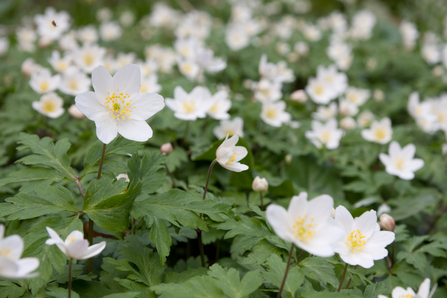
(c) Vaughn Matthews
Colt's-foot
Did you know that the flowers appear before the leaves, which is where Colt’s-foot gets its other common name ‘Son-before-father’. Colt's-foot can be found on waste ground, field edges and roadside verges.
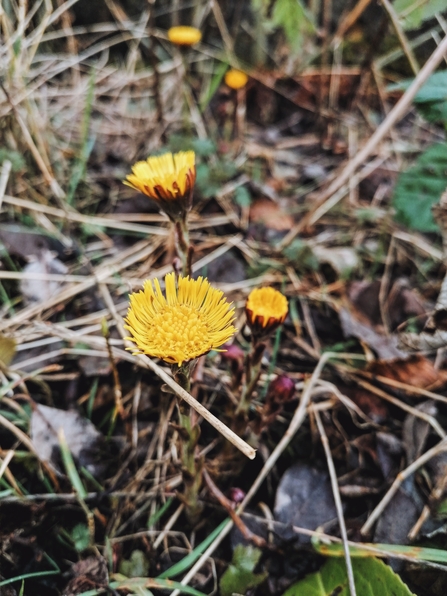
(c) Kayleigh Wright
Sweet violet
Sweet violet comes in two colour forms, violet and white. It has a strong scent of parma violets and flowers much earlier than dog violet. They are widespread throughout woodlands but are becoming increasingly uncommon due to being picked for culinary use.
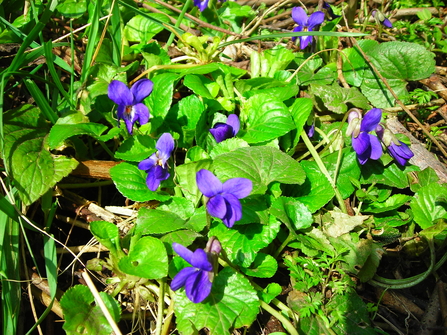
(c) Nick Brown
Wild daffodil
It's certainly a real treat to see a true wild daffodil growing in the woodlands and meadows. The trick to telling the difference between the wild daffodil and their garden relatives is the pale yellow petals surrounding a darker yellow trumpet. Take a trip to our Lea Wood nature reserve to see the wild daffodils in bloom!
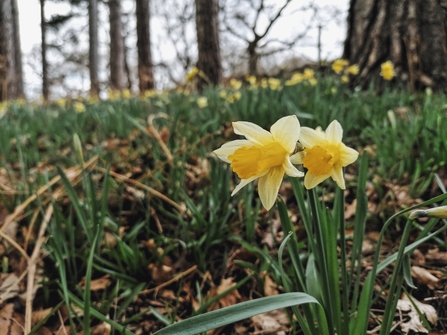
(c) Kayleigh Wright
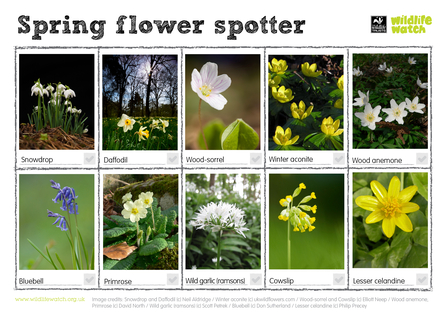
We hope you enjoy searching for the first spring flowers of the year. Above we have a spring flower spotter sheet to help get you started with your search!
Find an interesting flower? You can submit your findings to out biological records centre below!
